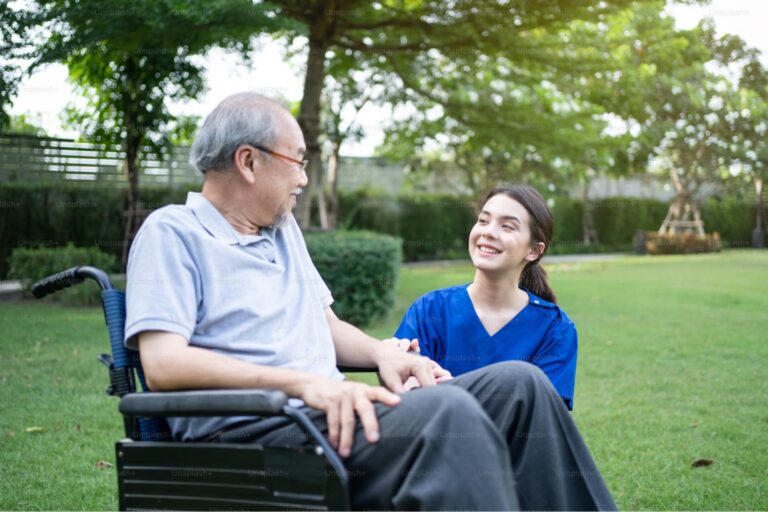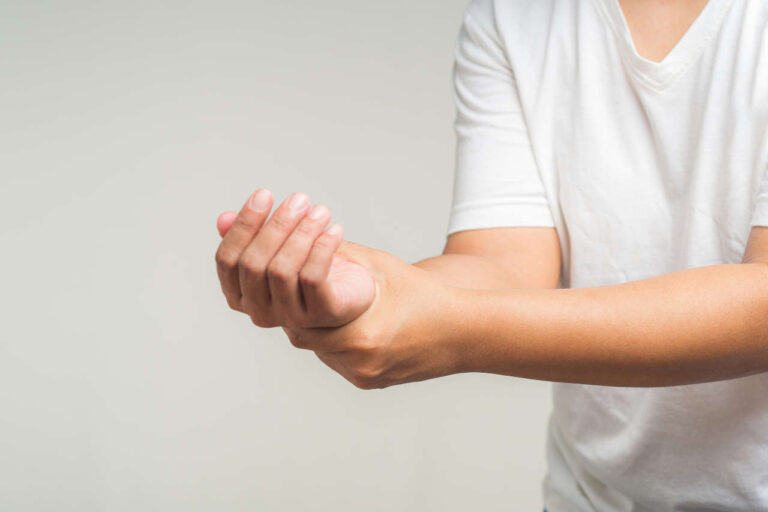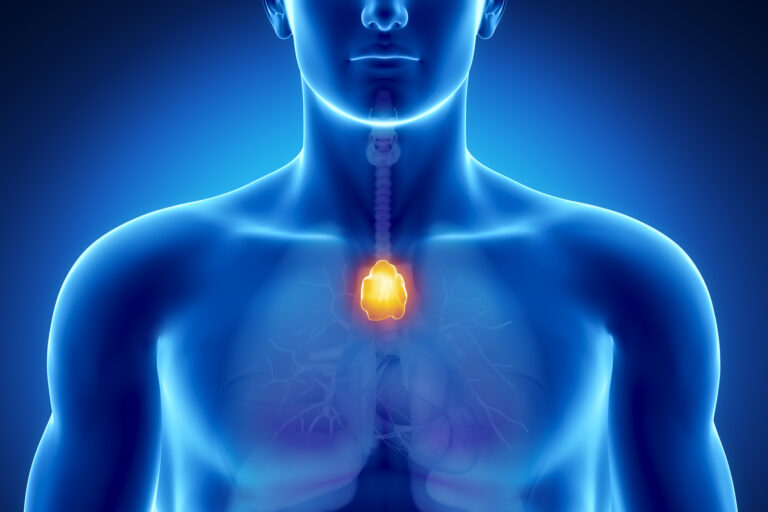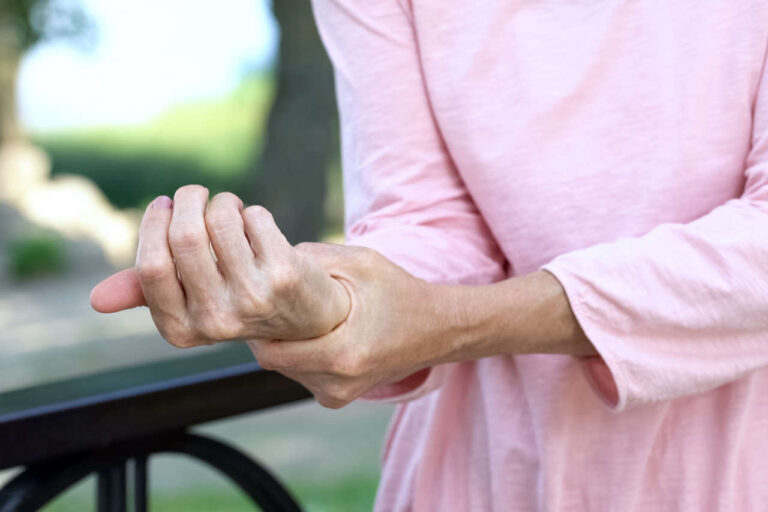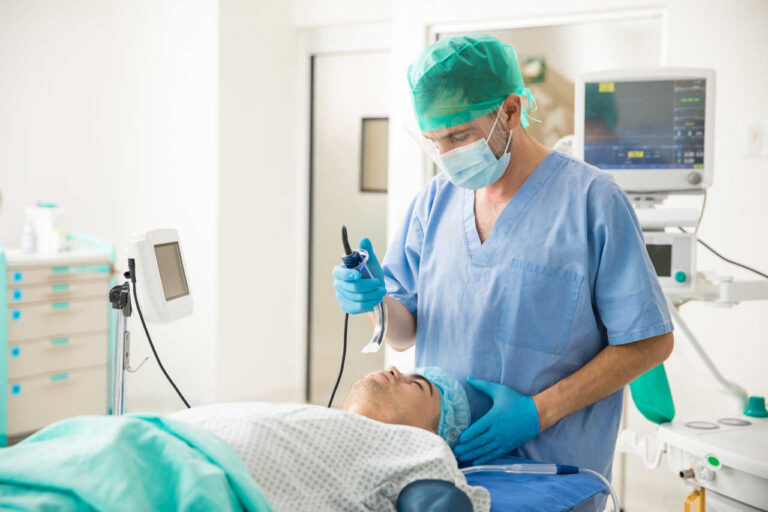
Seronegative myasthenia gravis (SnMG) is a condition in which a patient’s blood does not have common detectable antibodies such as acetylcholine receptor (AChR) and muscle-specific receptor tyrosine kinase (MuSK) that cause myasthenia gravis. Seronegative MG is a rare form of rare disease and often goes undiagnosed.
Speak to a Specialist About Copay Assistance
Generally, when a patient is diagnosed with MG, a detectable amount of AChR antibodies or anti-MuSK is present in the blood. However, in the case of SnMG, patients do not have AChR or anti-MuSK antibodies in their blood but still show MG symptoms such as droopy eyelids, blurred vision, and difficulty breathing, swallowing, and talking.
In fact, roughly 10-20% of MG patients are diagnosed as seronegative. However, the actual number may be higher because it is highly possible that many seronegative MG patients might not have received an accurate diagnosis.
This article discusses the basic aspects of seronegative MG, including the difference between seronegative and seropositive MG, subtypes, symptoms, diagnosis, and treatments that can be considered for seronegative MG.
Difference Between Seronegative and Seropositive Myasthenia Gravis
The common factor that healthcare providers consider to distinguish between seronegative and seropositive myasthenia gravis is to check the presence or absence of acetylcholine receptor (AChR) or muscle-specific receptor tyrosine kinase (MuSK) antibodies in the patient’s blood.
Around 80-90% of people diagnosed with MG have AChR antibodies in their blood. Acetylcholine receptor (AChR) was the first antibody detected in MG patients.
Previously, when MG patients did not have AChR antibodies detected, they were said to have seronegative MG. However, with more research, it was discovered that a low-density lipoprotein receptor-related protein 4 (LRP4) is involved at the neuromuscular junction.
In short, patients without AChR or anti-MuSK autoantibodies in their blood are diagnosed as seronegative MG, while those with AChR or anti-MuSK autoantibodies are diagnosed as seropositive MG.
Subtypes of Seronegative MG
Various literatures have further categorized the seronegative MG disease into two subtypes based on the presence or absence of antibodies:
Double Seronegative MG
In double seronegative MG, both AChR and MuSK antibodies are absent in the patient’s blood.
Triple Seronegative MG
In triple seronegative MG, AChR, MuSK, and LRP4 antibodies are absent in the patient’s blood.
What Are the Symptoms of Seronegative Myasthenia Gravis (SnMG)?
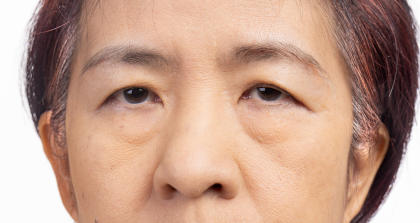
The symptoms of SnMG are the same as seropositive MG. Like seropositive MG, seronegative MG can be ocular or generalized. However, the incidence of ocular MG is higher in seronegative MG patients than in seropositive MG patients, and symptoms can range from mild to severe. Common symptoms include:
- Droopy eyelids
- Blurred or double vision
- Difficulty chewing, swallowing, and talking
- Facial muscle weakness
- Difficulty breathing (in severe cases)
The symptoms get worse with repetitive activity and improve with rest.
Can IVIG help? | Free IVIG Treatment Info | Difficulty In Diagnosing?
How Is Seronegative Myasthenia Gravis (SnMG) Diagnosed?
Diagnosing seronegative MG patients requires an advanced diagnostic skill set compared to seropositive MG.
Typically, a physician specializing in myasthenia gravis conducts a thorough review of the patient’s medical history and symptoms severity and runs a screening test including:
- Blood test to check the presence or absence of AChr, MuSK, and LRP4 autoantibodies
- Electromyography (EMG)
- Repetitive nerve stimulation (RNS)
- Single-fiber electromyography (SFEMG)
Recently, a new technique called cell-based assay (CBA) testing has been found to be beneficial for diagnosing seronegative patients. A study published in the Journal of Neuroimmunology reported that when 99 seronegative MG patients were tested using cell-based assay (CBA), 18 patients tested positive for AChR. These findings support the use of clustered AChR CBA testing for seronegative MG diagnosis.
Similarly, another study reported the same results and highlighted the diagnostic usefulness of performing CBAs in seronegative MG patients.
Mostly, patients who test negative for MG are often overlooked by medical professionals, which puts them at risk of receiving subpar care that is delivered too slowly.
What Are the Treatment Options for Seronegative Myasthenia Gravis (SnMG)?
Patients with seronegative MG often face challenges in receiving treatment. Even if they get treatment, they might not get enough care to optimize their symptoms. Since SnMG is difficult to diagnose, treating it may take longer than other conditions.
Currently, most of the new FDA-approved treatments in the market are only for seropositive myasthenia gravis patients. However, patients with seronegative MG can try the following treatment options under the supervision of their healthcare providers:
- Medication (e.g., Mestinon)
- Corticosteroids (e.g., prednisone, etc.)
- الغلوبولين المناعي الوريدي (IVIG) أو subcutaneous immunoglobulin (SCIG)
- Plasmapheresis (PLEX)
- Immunosuppressant Therapy
- Thymectomy
Ongoing research on seronegative myasthenia gravis (SnMG) is being conducted. Researchers are still trying to understand what types of antibodies or proteins are involved in this form of MG so they can develop accurate diagnoses and treatment plans for patients.
مراجع:
- Vinciguerra, C., Bevilacqua, L., Lupica, A., Ginanneschi, F., Piscosquito, G., Rini, N., Rossi, A., Barone, P., Brighina, F., & Stefano, V. D. (2023). Diagnosis and Management of Seronegative Myasthenia Gravis: Lights and Shadows. علوم الدماغ, 13(9). https://doi.org/10.3390/brainsci13091286
- Romi, F., Aarli, J. A., & Gilhus, N. E. (2005). Seronegative myasthenia gravis: disease severity and prognosis. European Journal of Neurology, 12(6), 413–418. https://doi.org/10.1111/j.1468-1331.2005.01137.x
- Birmanns, B., Brenner, T., Abramsky, O., & Steiner, I. (1991). Seronegative myasthenia gravis: Clinical features, response to therapy and synthesis of acetylcholine receptor antibodies in vitro. Journal of the Neurological Sciences, 102(2), 184-189. https://doi.org/10.1016/0022-510X(91)90067-H
- Romi, F., Aarli, J. A., & Gilhus, N. E. (2005). Seronegative myasthenia gravis: Disease severity and prognosis. European Journal of Neurology, 12(6), 413-418. https://doi.org/10.1111/j.1468-1331.2005.01137.x
- Lazaridis, K., & Tzartos, S. J. (2020). Myasthenia Gravis: Autoantibody Specificities and Their Role in MG Management. الحدود في علم الأعصاب, 11. https://doi.org/10.3389/fneur.2020.596981
- Vincent, A., McConville, J., Farrugia, M., & Newsom-Davis, J. (2004). Seronegative myasthenia gravis. Seminars in Neurology, 24(01), 125–133. https://doi.org/10.1055/s-2004-829589
- Evoli, A., Tonali, P. A., Padua, L., Monaco, M. L., Scuderi, F., Batocchi, A. P., Marino, M., & Bartoccioni, E. (2003). Clinical correlates with anti‐MuSK antibodies in generalized seronegative myasthenia gravis. Brain, 126(10), 2304-2311. https://doi.org/10.1093/brain/awg223
- Seronegative MG Resource Center | MGFA. https://myasthenia.org/Understanding-MG/Seronegative-MG-Resource-Center
- Methods for diagnosing seronegative myasthenia gravis. (2008). PubMed. https://pubmed.ncbi.nlm.nih.gov/18368681/#:~:text=Development%3A%20Its%20diagnosis%20requires%20the,testing%20of%20the%20neuromuscular%20junction
- Cortés-Vicente, E., Gallardo, E., Martínez, M. Á., Díaz-Manera, J., Querol, L., Rojas-García, R., & Illa, I. (2016). Clinical characteristics of patients with Double-Seronegative Myasthenia gravis and antibodies to cortactin. مجلة الجمعية الطبية الأمريكية لعلم الأعصاب, 73(9), 1099. https://doi.org/10.1001/jamaneurol.2016.2032
- Masi, G., Li, Y., Karatz, T., Pham, M. C., Oxendine, S. R., Nowak, R. J., Guptill, J. T., & O’Connor, K. C. (2022). The clinical need for clustered AChR cell-based assay testing of seronegative MG. Journal of Neuroimmunology, 367, 577850. https://doi.org/10.1016/j.jneuroim.2022.577850

